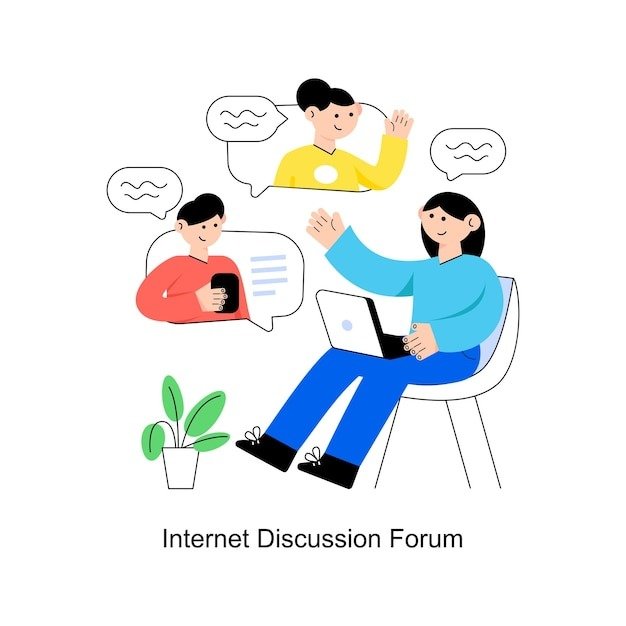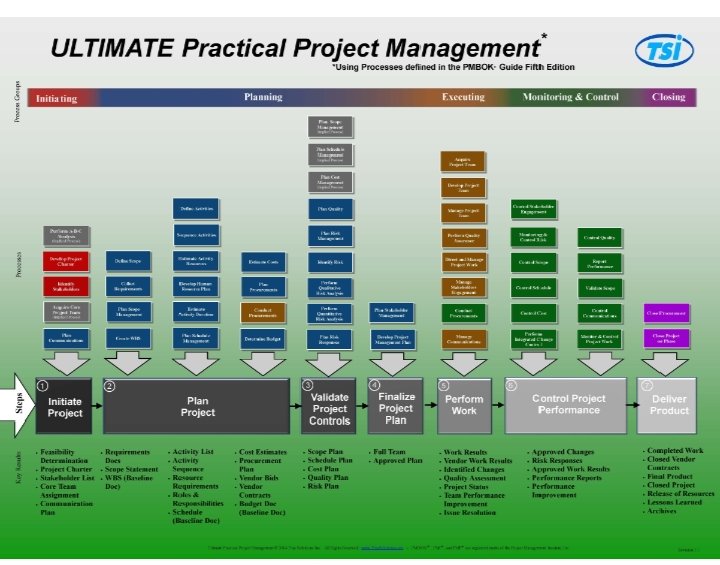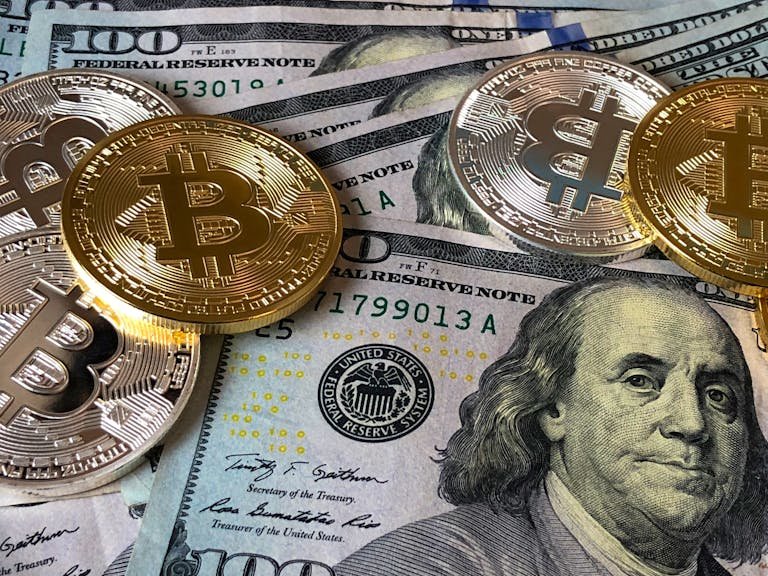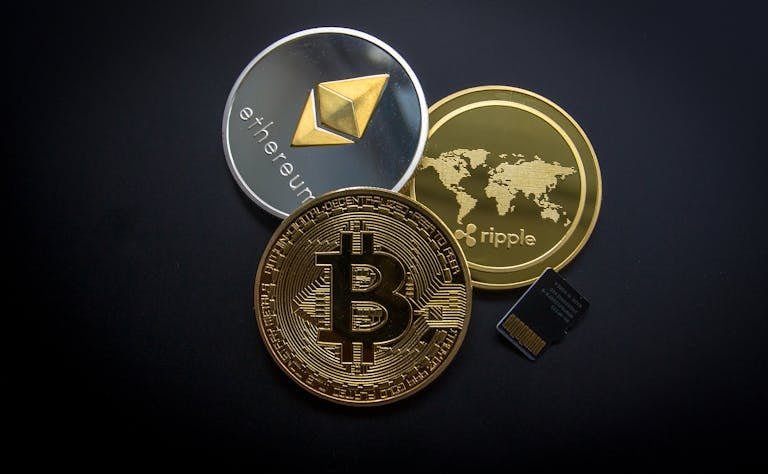Anonibs: Diving into the World of Anonymous Image Boards
Introduction
Have you ever wondered about those hidden corners of the internet where people share pictures and chat without showing who they are? That’s what anonibs are all about. The term anonibs comes from Anonymous Image Boards, like the site Anonibs, which lets folks post images and talk freely without signing up or using real names. These places started popping up in the early 2000s, inspired by older forums like 4chan, where anonymity was key. Over time, they’ve grown as people worry more about privacy online, with data leaks and tracking everywhere.
Also Read More About the new technologies .
In today’s world, where social media watches every move, cannabis offers a spot to be yourself without judgment or records. But they’re not just fun; they play a big role in how we think about free speech and online safety. Sites like AnonIBs, founded back in 2006 and changing hands in 2008, have become famous—or infamous—for this setup. They let users upload pics, discuss topics, and connect in ways regular platforms don’t. Yet, with great freedom comes big issues, like misuse for bad stuff. This article looks at what makes them tick, their good and bad sides, and how to stay safe. By the end, you’ll see why cannabis is a double-edged sword in our digital lives.
Key Features and Functionality

A masked figure representing online anonymity
What sets cannabis apart is how they keep everything hidden. No need to make an account or share your email— you just jump in and post. This anonymity comes from simple tech: the sites don’t track usernames, and posts often show up as Anonymous. Some even use tools like Tor to hide IP addresses, making it hard for anyone to trace you. Content sharing is straightforward too. You upload images, add text, or start threads on specific topics, like hobbies or news. The boards are split into categories, so you can find discussions on art, tech, or whatever. Minimal moderation means stuff stays up unless it’s really bad, which keeps things raw but can lead to chaos.
These platforms run on basic web tech, like forums built with open-source software that supports image uploads without fancy features. Community vibes are strong because everyone’s equal—no profiles or likes to boost egos. People chat openly, sharing opinions they’d hide elsewhere. But this setup also means no accountability, so trolls or bad actors can thrive. Overall, anonibs feel like old-school internet hangouts, free from ads and algorithms, focusing on pure exchange. They’ve evolved with better servers for faster loads, but the core stays simple: post, view, discuss, all incognito. This draws folks who value privacy in a world full of surveillance.
Uses and Applications
Anonibs aren’t just for lurking; they have real ways people use them every day. From venting personal stuff to sparking ideas, these boards fill gaps left by mainstream sites. Let’s break it down.
Positive uses
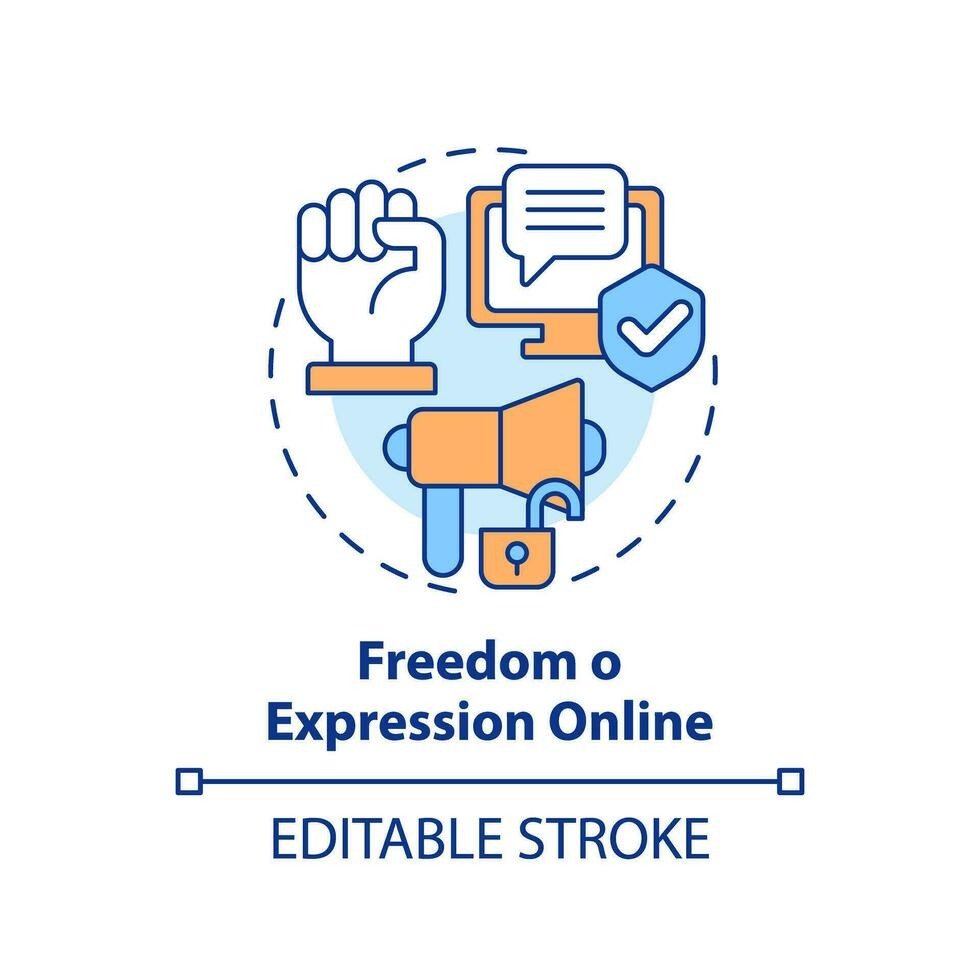
Illustration of freedom of expression online
One big plus is sharing stories without fear. Folks use cannabis to talk about tough things like mental health or work problems, where real names could cause trouble. Whistleblowers drop info on shady companies or governments, staying safe from backlash. It’s like a safe space for truth-telling. Creative types post art or writing for honest feedback, no bias from who they are.
In places with strict rules, like some countries, these boards help spread news or organize quietly. Even for fun, sharing memes or jokes builds bonds. The key is how anonymity boosts honesty—people say what they really think. This can lead to support groups forming, where strangers help each other through hard times. Overall, it’s empowering for those who need to speak up without risks.
Creative and social applications
Artists love cannabis for testing ideas. You upload sketches or photos, get raw comments from strangers, which helps improve without ego hits. Socially, it’s a spot to connect over niche interests, like rare hobbies or fan stuff, building communities that feel tight-knit yet loose. No followers mean conversations stay genuine, not about clout. Events like group storytelling or collaborative art happen, where everyone adds bits anonymously. It’s fun for role-playing or brainstorming games. In social terms, marginalized groups find voices here, discussing issues freely. The lack of tracking keeps it light, like chatting with ghosts who care. This sparks creativity in ways polished apps can’t.
Educational or informational sharing
For learning, cannabis shines on sensitive topics. People share tips on health, finance, or tech without judgment, like anonymous Q&A sessions. Students discuss school cheats or study hacks safely. Informational threads cover everything from DIY fixes to world events, with images proving points. It’s great for crowdsourcing knowledge, where experts chime in without creds needed. But watch for wrong info—always double-check. In restricted areas, it spreads education on rights or history. The visual side helps explain complex stuff, like diagrams or photos. This makes learning accessible and private.
Risks and Controversies
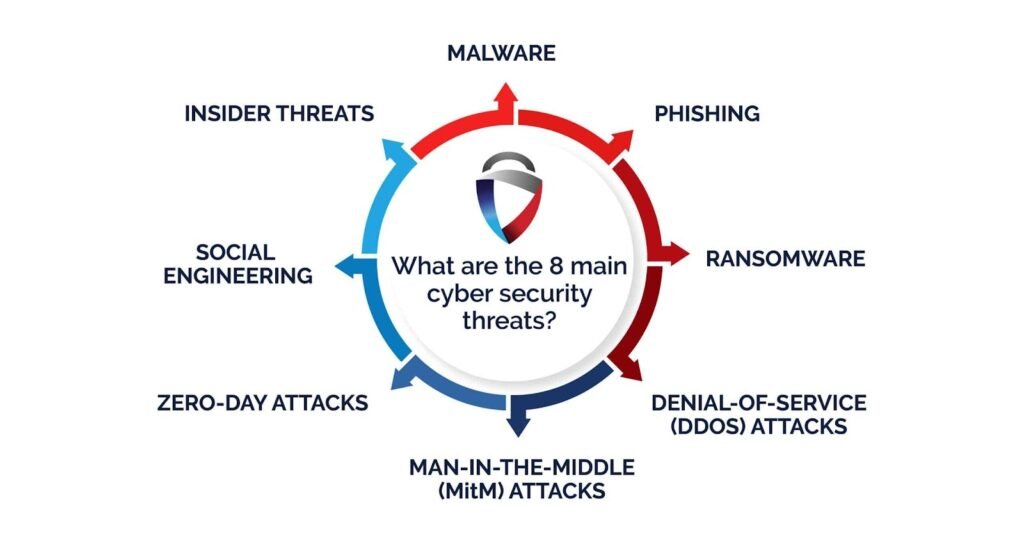
Common cyber security threats and risks
Anonibs come with heavy downsides that can’t be ignored. Their open nature often leads to bad behavior, like sharing stuff without permission. Sites like AnonIB have been hubs for revenge porn, where exes post explicit pics to hurt people. This ties into bigger cybercrimes, enabling harassment and exploitation. Privacy risks are huge— even anonymous leaks can happen, exposing users to hacks or doxxing.
Legal troubles follow, with platforms getting shut down, like when Dutch police took down AnonIB in 2018 for illegal content. Controversies include child exploitation material slipping in, drawing law enforcement scrutiny. Victims suffer emotionally, with images spreading forever. The lack of mods means hate speech or scams thrive, turning fun spots toxic. Overall, while freedom appeals, the harm to real people makes these boards controversial. The balancing act is tough in unregulated spaces.
Pros and Cons
Like anything online, cannabis has upsides and downsides. Here’s a closer look.
Pros
Freedom of speech tops the list— you say what you want without filters, great for open debates. Privacy protection helps in scary situations, like activists hiding from authorities. Communities form for outcasts, offering support where none exists elsewhere. No ads or data sales keep it pure. It encourages bold ideas, sparking innovation in art or tech. Marginalized voices get heard equally. Overall, it’s a tool for empowerment in a watched world.
Cons
On the flip, no rules mean bullying runs wild, with cyberstalking or threats common. Misinfo spreads fast, confusing folks on facts. Toxic content, like hate or illegal shares, harms society. Lack of accountability lets bad guys hide. Platforms often face shutdowns, disrupting users. The emotional toll on victims is huge, with lasting damage from exposed secrets. It’s a breeding ground for extremes.
Technologies and Platforms
Behind cannabis are basic but clever tech setups. Sites use content management systems for easy posting, with no login databases to keep things anonymous. Examples include AnonIB and clones like 4chan boards, running on servers that handle images quickly. Future trends point to blockchain for better hiding, or AI moderation to curb bad stuff without losing freedom. Some integrate darknet access via Tor or I2P for extra layers. This tech evolves as privacy tools advance, like encrypted uploads. But simplicity remains key—no fancy apps, just web pages. Platforms vary, from general ones to niche, but all prioritize quick, nameless shares. As AI grows, deepfakes might complicate things further.
Protection and Best Practices

Tips for maintaining online privacy and security
Staying safe on cannabis takes smart moves. Never share personal details, even hints like locations. Use VPNs to mask your IP and avoid tracking. Report bad content to site admins or authorities if it’s illegal. Alternatives include moderated forums with optional anonymity. Governments push for better oversight, like laws against non-consensual shares. For users, strong passwords on any linked accounts help, plus two-factor if possible. Clear cookies and use private browsers. If you’re a victim, save evidence like screenshots, but avoid child content. Think before posting—once out, it’s hard to erase. Education on risks is key for newbies.
Conclusion
Anonibs show the best and worst of online anonymity: a place for free talk but ripe for abuse. They’ve shaped how we share images, from fun memes to dark secrets, but the risks often outweigh perks. As tech changes, finding balance between privacy and safety will be crucial. Maybe better mods or laws can help. In the end, use wisely— the net’s full of choices.
FAQs on Anonibs: Your Go-To Guide for Anonymous Image Boards
Ever curious about those shadowy spots online where folks share pics without names? Anonibs, short for anonymous image boards like AnonIB, spark a lot of questions. These platforms let people post images and chat freely, but they come with twists. Below, I’ve pulled together some common FAQs based on what people often ask. I’ll keep it straight and simple, covering the basics, risks, and tips. Think of this as a quick cheat sheet to understand them better.
What is anonib?
Anonibs are online forums where users post images and text anonymously, no sign-up needed. Think of sites like AnonIB or 4chan boards—they focus on sharing pics with comments, all without tying back to your real identity. They started from Japanese ideas like 2chan in the late ’90s, hitting the English web around 2003 with 4chan. The big draw? Total freedom to speak your mind or share stuff without judgment. But remember, anonymity cuts both ways—it can hide good ideas or bad ones.
How do anonibs work?
You just visit the site, pick a board by topic, and post. Upload an image if required, add text, and hit submit—no accounts or emails. Posts show as Anonymous, and threads bump up with new replies unless you sage to keep it low-key. Moderation is light, often by volunteers, so content stays raw. Tech-wise, they’re simple web setups with image hosting. Some use tools like Tor for extra hiding. It’s all about quick, nameless exchanges, but threads die off fast as new ones push them down.
Are anonibs safe to use?
Not really—safety’s a big if. Anonymity helps hide you, but sites like AnonIB have a history with malware, scams, and harmful stuff. You might stumble on illegal content, risking legal trouble just by viewing. Use VPNs, avoid sharing personal info, and steer clear of downloads. Experts warn against them due to privacy leaks and unmoderated junk. If you’re posting, once it’s up, it’s out there forever. Stick to well-known boards and report bad posts, but overall, they’re risky spots.
What are the risks of sharing images on cannabis?
Big ones: You lose control fast. Pics can spread without your consent, leading to privacy nightmares like revenge porn. On sites like AnonIB, folks have shared explicit stuff non-consensually, causing emotional harm. Legal hits include copyright issues or worse if it’s illegal material. Hackers might trace you via IP if not careful. Plus, toxic communities can breed harassment. Always think twice—avoid anything identifying you, and know once shared, it’s hard to erase.
Is it illegal to visit or post on anonibs?
Visiting alone usually isn’t, but it gets dicey. If you view or share illegal content—like child exploitation or non-consensual nudes—you could face charges. Sites like AnonIB got shut down for hosting bad stuff. Posting copyrighted or harmful material breaks laws too. In the US and elsewhere, revenge porn is illegal in many places. Always check local rules, and if you spot crimes, report to authorities. Bottom line: Stay on the safe side to avoid trouble.
How can I report bad content on these boards?
Look for a report button or mod contact on the site—provide details like the post URL or description. If it’s serious, like illegal images, go to law enforcement or sites like the FBI’s tips page. For revenge porn, groups like Cyber Civil Rights Initiative help. Timely reports clean up the space. But moderation varies; some boards are lax. If you’re a victim, document everything but don’t spread it further. Reporting keeps communities somewhat safer.
What are some legal alternatives to cannabis?
Try moderated spots like Reddit’s subreddits—they have anonymity options but better rules. For image sharing, Pinterest or Imgur work with accounts for control. Cultural blogs or forums like DeviantArt for art, or Discord servers for chats. These have mods to curb bad stuff and protect privacy more. If you want anon vibes, some subreddits allow throwaways. The key? Pick places with clear terms and community guidelines to avoid the dark side.
Why do people use anonibs?
For freedom—folks share ideas, art, or events without backlash. It’s great for niche hobbies, memes, or whistleblowing in tough spots. Anonymity levels the field; no egos from profiles. Some use it for fun collabs like storytelling or feedback. But others misuse shady shares. Overall, it’s about uncensored talk in a tracked world, though that draws extremes too.
How do I stay anonymous on these sites?
Use a VPN to hide your IP, clear cookies often, and browse incognito. Never post personal details or link to your real life. Tools like Tor add layers, but they’re slow. Avoid consistent patterns that could ID you. Remember, total anonymity isn’t guaranteed—traces can linger. If privacy matters, maybe skip them altogether.
What’s the difference between cannabis and regular forums?
Anonibs are image-focused, thread-based, and fully anonymous—no sign-ups. Regular forums need accounts, are text-heavy, and track users. Anonibs expire threads fast for fresh content; forums archive forever. Culture-wise, anonibs thrive on memes and lulz, while forums build on profiles and reps. The anon setup encourages raw, equal chats but less accountability.
Can I remove my info if it’s posted without consent?
It’s tough, but try. Contact site mods to delete, though success varies. For revenge porn, use services like Reputation.ca or legal help to takedown. Report to search engines to de-index. Save evidence and file complaints with authorities. Prevention’s best—don’t share sensitive pics. If it’s bad, seek support from victim groups.
Are all anonibs the same?
Nope—some like 4chan have varied boards for anime, politics, or random. Others like AnonIB focused on explicit shares, often controversial. Niche ones cover hobbies safely. Risks differ; well-moded ones are milder. Culture varies too—some friendly, others toxic. Pick based on topic, but always lurk first to gauge.
What should I do if I see illegal content?
Close it quickly, don’t save or share. Clear your history. If it’s exploitation, report anonymously to cops or hotlines like NCMEC. Don’t engage. Knowing what to avoid keeps you out of hot water—stick to safe topics.
How has AnonIB changed over time?
Started in 2006 for anon shares, but got infamous for revenge porn. Shut down in 2018 by Dutch police for illegal stuff. Clones pop up, but many vanish. It’s a cautionary tale—freedom vs. abuse. Today, similar sites face more scrutiny.
